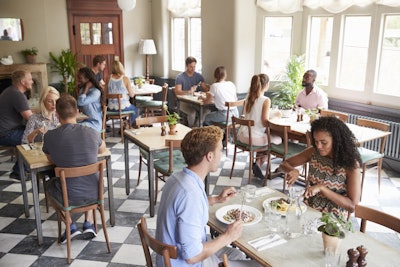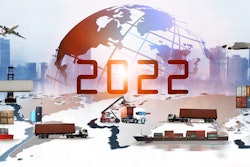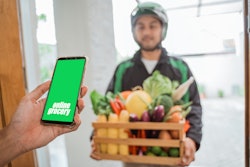
When the word “technology” comes to mind, most people immediately don’t think about restaurants, but recently, a variety of restaurants have adopted blockchain technology for at least five purposes:
- Non-fungible tokens (recipes, commemorations)
- Utility tokens (loyalty programs and transactions)
- ·Waste management (via inventory control)
- Supplier ratings (based on multiple metrics)
- Track and trace (for global shipments of food for use by large restaurant chains)
Here’s a quick look at each of these blockchain applications:
NFTs. Non-fungible tokens (NFTs) first found popularity in the digital art world. The appeal of owning a unique, one-of-a-kind digital commemorative token or recipe from a celebrity chef or world-renowned restaurant is a high-stakes win for food lovers and collectors alike.
Utility tokens. Blockchain also enhances the customer experience regarding loyalty programs and innovative marketing strategies restaurants use. Blockchain-based utility tokens, somewhat like gift cards, use a specific currency in a particular restaurant. Utility tokens are primarily for hard-core restaurant fans and loyal customers who adore their favorite brands and enjoy having semi-exclusive access to a members-only payment method. Utility tokens are a loyalty promotion mechanism; they build the restaurant’s brand and are sometimes linked to additional restaurant benefits, such as digital rewards for frequent visitors.
Waste management. Even when food source vetting procedures are in place, food can quickly turn out to be damaged or spoiled. On-farm mishandling, storage issues and transportation mishaps all contribute to this massive loss. The UN’s Food and Agriculture Organization reports that about 14% of the world’s food is ruined before it makes its way through the supply chain.
Working collaboratively with Internet of Things (IoT) and cloud analytics, algorithms based on consumer data and agricultural technology predict the freshness of food from the farm to the kitchen by monitoring every product’s condition throughout the entire supply chain. Blockchain data is immutable and verified; it can eliminate the false claims of freshness. Reducing the loss of food improves the bottom line for restaurants but can lessen the challenges in alleviating world hunger, reduce agriculture’s high carbon footprint and improve water usage.
Track and trace. Supplier relationships are the backbone of the foodservice industry, but managing these relationships can be costly and complicated with food suppliers ranging from small farms to multinational conglomerates. Blockchain streamlines the vetting process, bringing food suppliers and food buyers into a single platform, reducing the time for data entry and automating risk assessment. With this technology, suppliers can get ratings and reviews from their buyers to establish their value. In addition, blockchain technology integrates with third-party verification systems and credibility scoring to eliminate fraud. Gartner predicts that in 2023, blockchain will support the global movement and tracking of $2 million of goods and services annually.
Supplier ratings. Supplier relationships are the backbone of the foodservice industry. However, managing these relationships can be costly and complicated, with food suppliers ranging from small farms to multinational conglomerates. For big companies, the challenge can be working with 1,000 third-party suppliers and finding ways to manage that third-party risk to ensure quality results.
Blockchain provides a way to verify transactions and compliance helpful to companies when developing internal ratings for suppliers. Which companies consistently use the best materials? Which ones are always on time? Companies may create a list of Tier 1, Tier 2 and Tier 3 suppliers, recording and assessing their historical performance for internal sharing and review. Blockchain could easily enable suppliers to share ratings and reviews when and if that makes sense.
A variety of restaurants have adopted blockchain technology because it impacts almost every part of operations and provides a better experience for everyone involved in the entire experience. From the supplier shipping their products to the restaurant receiving produce to the customer ordering a meal, this technology revolutionizes how transparency, quality and loyalty in the industry are delivered.




















